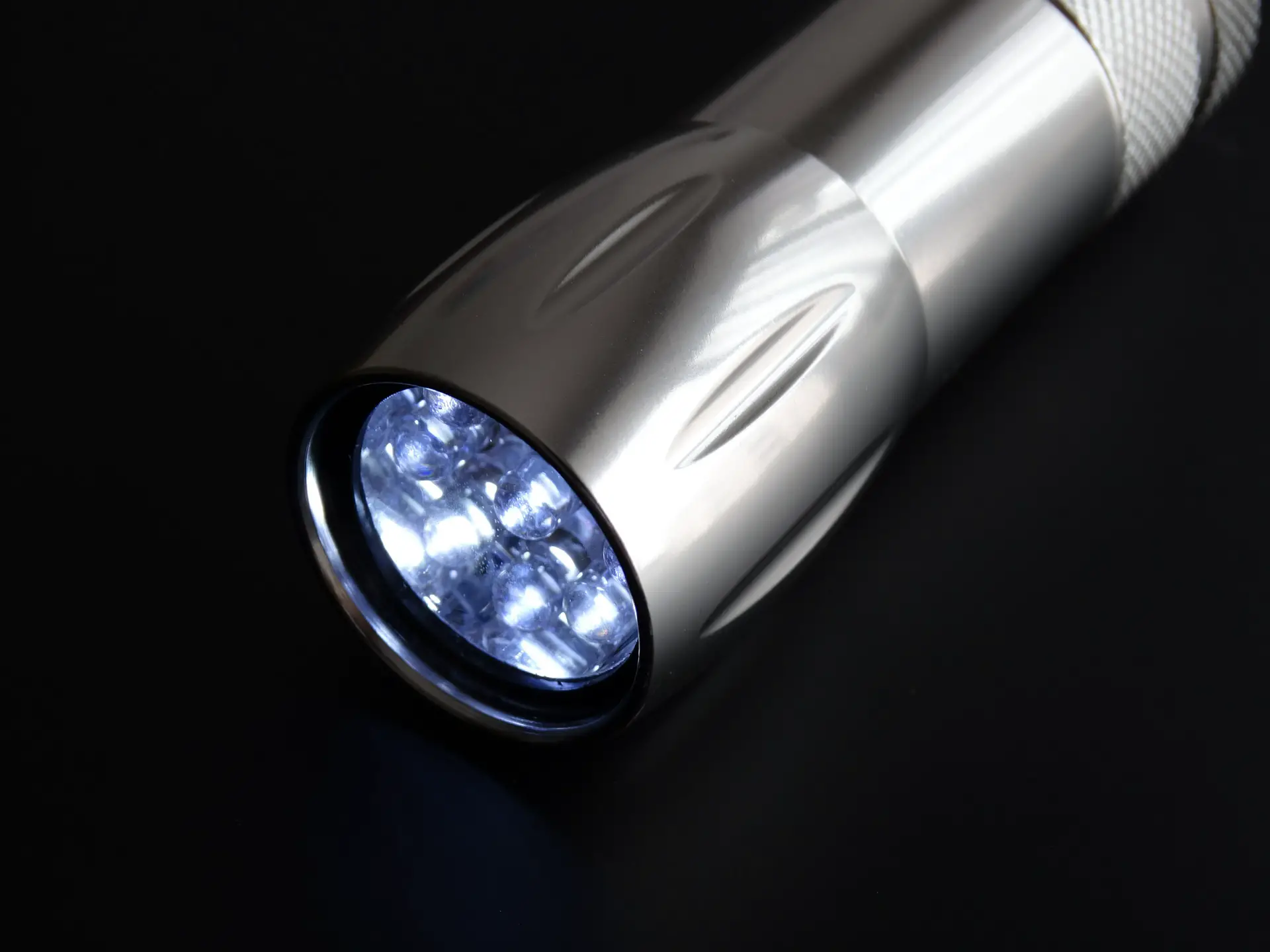Survival Skills: How to Survive a Bear Attack
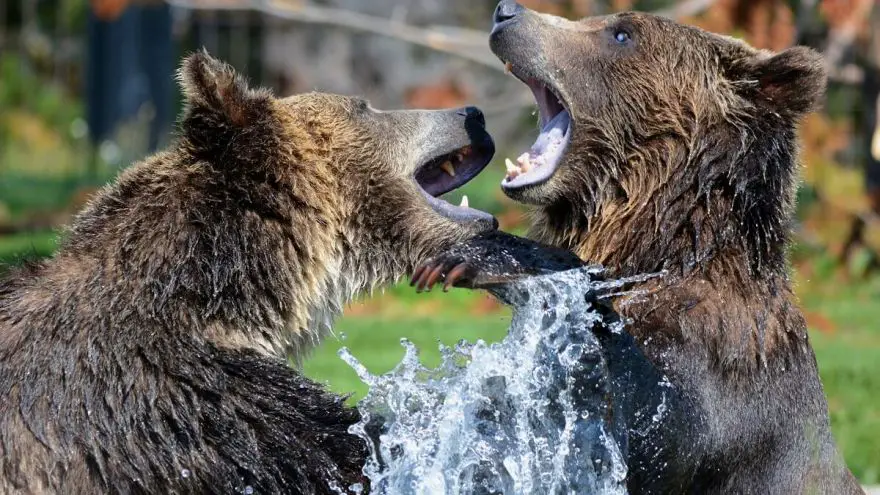 Survival Skills: How to Survive a Bear Attack
thegearhunt.com
Survival Skills: How to Survive a Bear Attack
thegearhunt.com
Did you know that bears tend to not want to harm people? They are killed by us much more often than we are killed by them, and the bears seem to know this. When a bear does attack, it is typically because they were either startled or starved.
That being said, despite their being hesitant to attack us, attacks have been on the rise in many areas across the globe. Take Yellowstone Park for example. Conflicts between humans and bears have risen recently. In fact, there were two instances of fatal attacks back in 2011, and the first one was the first incident of its type to happen there for a quarter of a century! There was yet another one in 2015. In June of the following year, there was a cyclist killed a bit south of Glacier National Park. Wildlife officials in Canada, the US, Russia, and Japan are all facing similar issues. This uptick in bear-human incidents has been linked to things like climate change, shortages of food, human intrusion, and habitat loss.
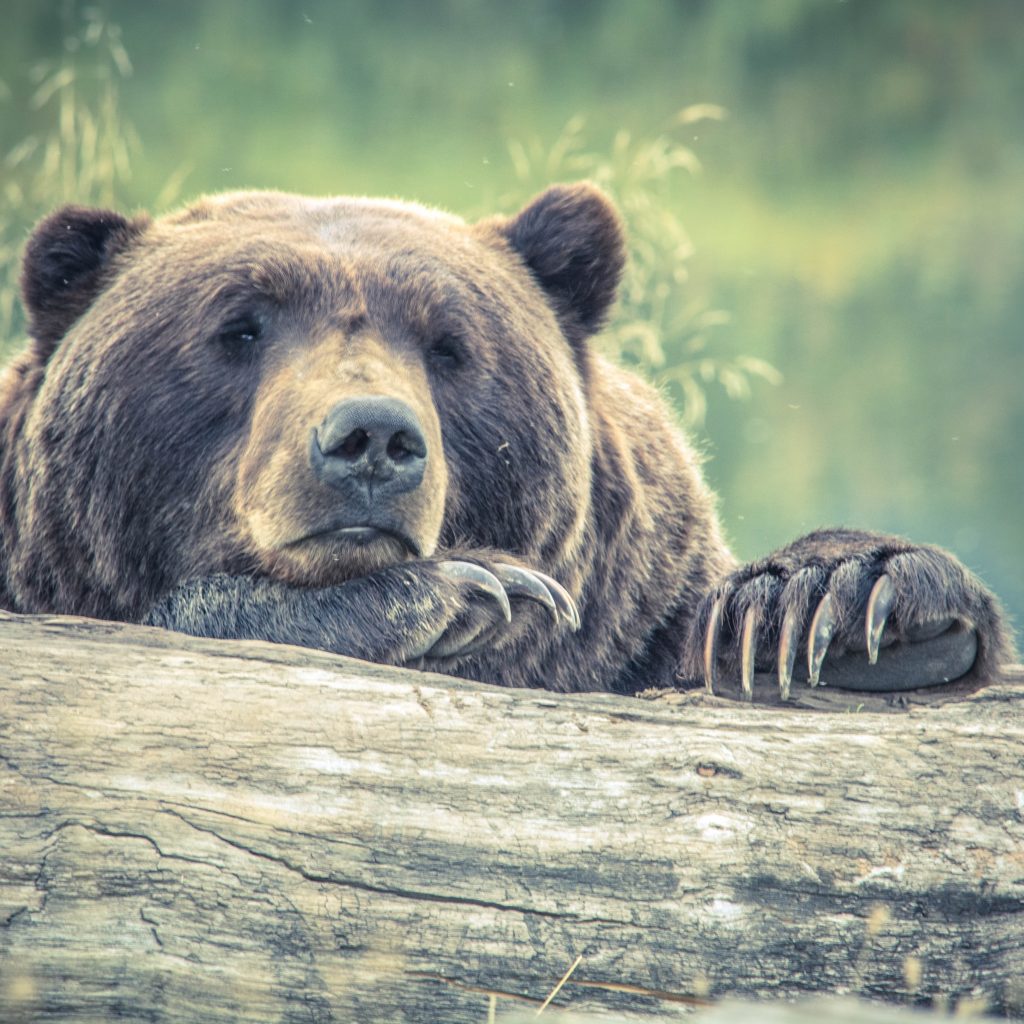
The behavior of bears remains highly influenced by upbringing and biology. For example, the black bears in America tend to be relatively skittish and docile. By contrast, polar bears tend to be more aggressive and therefore more likely to view humans as prey. However, trying to gain an understanding of any attack by bears is a task that is daunting, and since we aren’t able to convey the peaceful intentions we have to the bears, it is typically safer just to keep your distance from them.
Even so, it is inevitable that there will be the occasional run-in with bears. People tend to be just as surprised when they see a bear as the bear is to see people, and the interactions that can ensue can be fraught with misunderstanding. Here is a brief overview on what needs to happen when you encounter one.
Brown Bears
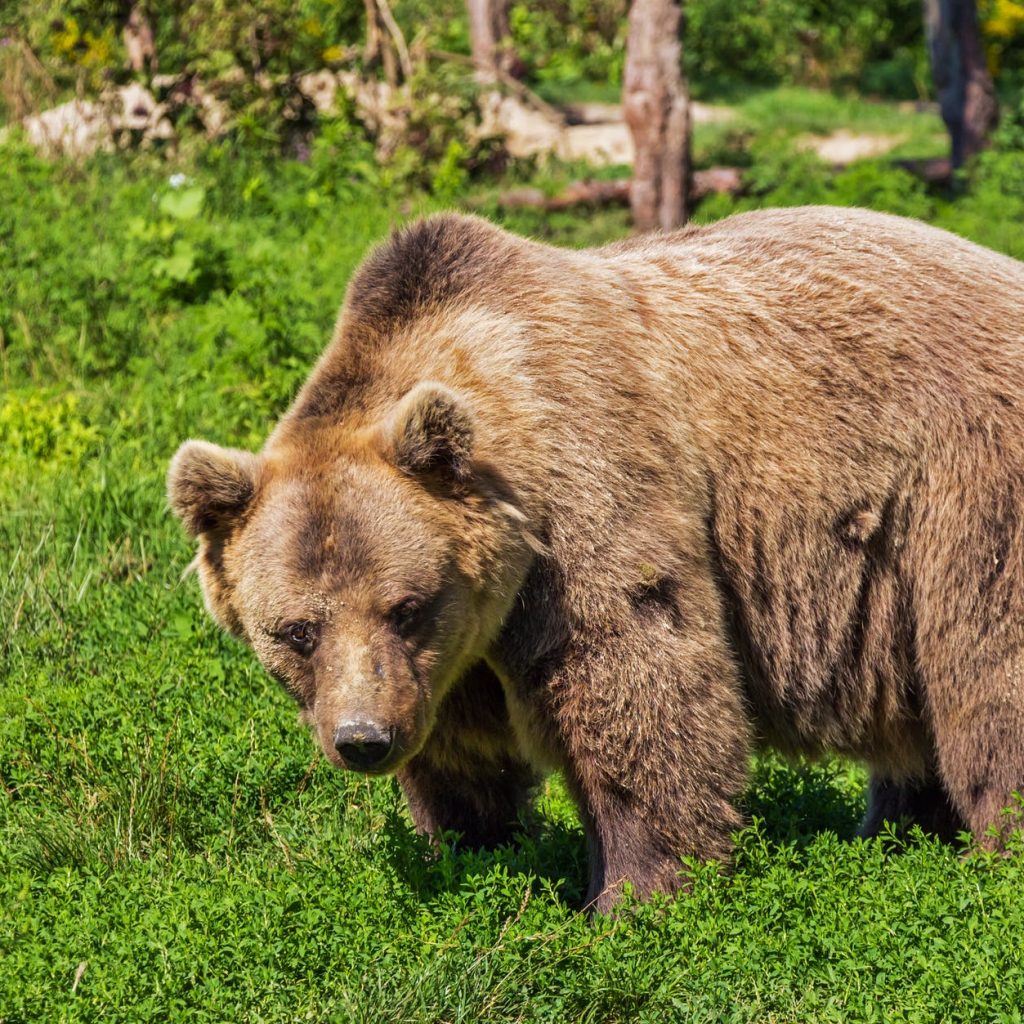 This bear is also called a grizzly bear, and it is the most widespread species of bear on the planet. You can find them in the northwest part of North America and across most of Eurasia. They are typically larger and more aggressive than your average black bear, but you can’t depend just on their color to determine what type of bear they are. Take a look at the size of the bear and see if you can discern a lump of muscles located in the bear’s upper back. This is a telling sign that you are seeing a brown bear. Also, take into account your location. You will find many of these bears in Canada, Asia, and Europe, but if you are in the US, these bears tend to only be found in Alaska and a few parts of Wyoming, Washington, Montana, and Idaho.
This bear is also called a grizzly bear, and it is the most widespread species of bear on the planet. You can find them in the northwest part of North America and across most of Eurasia. They are typically larger and more aggressive than your average black bear, but you can’t depend just on their color to determine what type of bear they are. Take a look at the size of the bear and see if you can discern a lump of muscles located in the bear’s upper back. This is a telling sign that you are seeing a brown bear. Also, take into account your location. You will find many of these bears in Canada, Asia, and Europe, but if you are in the US, these bears tend to only be found in Alaska and a few parts of Wyoming, Washington, Montana, and Idaho.
Conflicts with the North American grizzly bear have risen. This is partly due to the populations of both the humans and the bears, and partly due to shortages in food for the bears. Scientists tend to blame global warming for that. However, climate change might also play a role in the expansion of the range of the grizzly bear – even into polar bear areas.
If you happen to come into contact with a brown bear, here are a few tips to bear in mind (no pun intended):
- Don’t try to be stealthy. When you think that there might be a bear in your vicinity, sing, talk or make other types of noises so that they will know that you are sharing the area with them. – Don’t try to surprise the bear. If you notice a bear but he doesn’t notice you, leave it alone and don’t disturb it.
- Never tease a bear. Unattended trash and food can be magnets for a bear, even when they are tied up. Try to keep the amount of waste you produce to a minimum when you are hiking or camping and be sure that all food and trash is secured. Some parks will even require you to use bear canisters. Dogs can also lure bears, so it might be best if you leave the animals at home.
- You know how you hear that you should play dead in the event of a bear attack? Here is where you do it. Even if the bear begins to attack you, it is probably just attempting to neutralize what they perceive as a threat. Since humans can’t overpower or outrun bears, playing dead can be your best option. Even if the bear begins to leave the area, stay still and dead. Grizzly bears have been known to linger a while to make sure that you are really dead. This means that you might need to remain dead for up to 20 minutes or more.
- Boxing a bear’s eyes or nose might thwart an attack by a grizzly, but you should only ever attempt to fight back when you have exhausted all of the other options. When it comes to grizzly bears, playing dead is what it most commonly effective. However, if you manage to get free, back slowly away, never run.
Black Bears
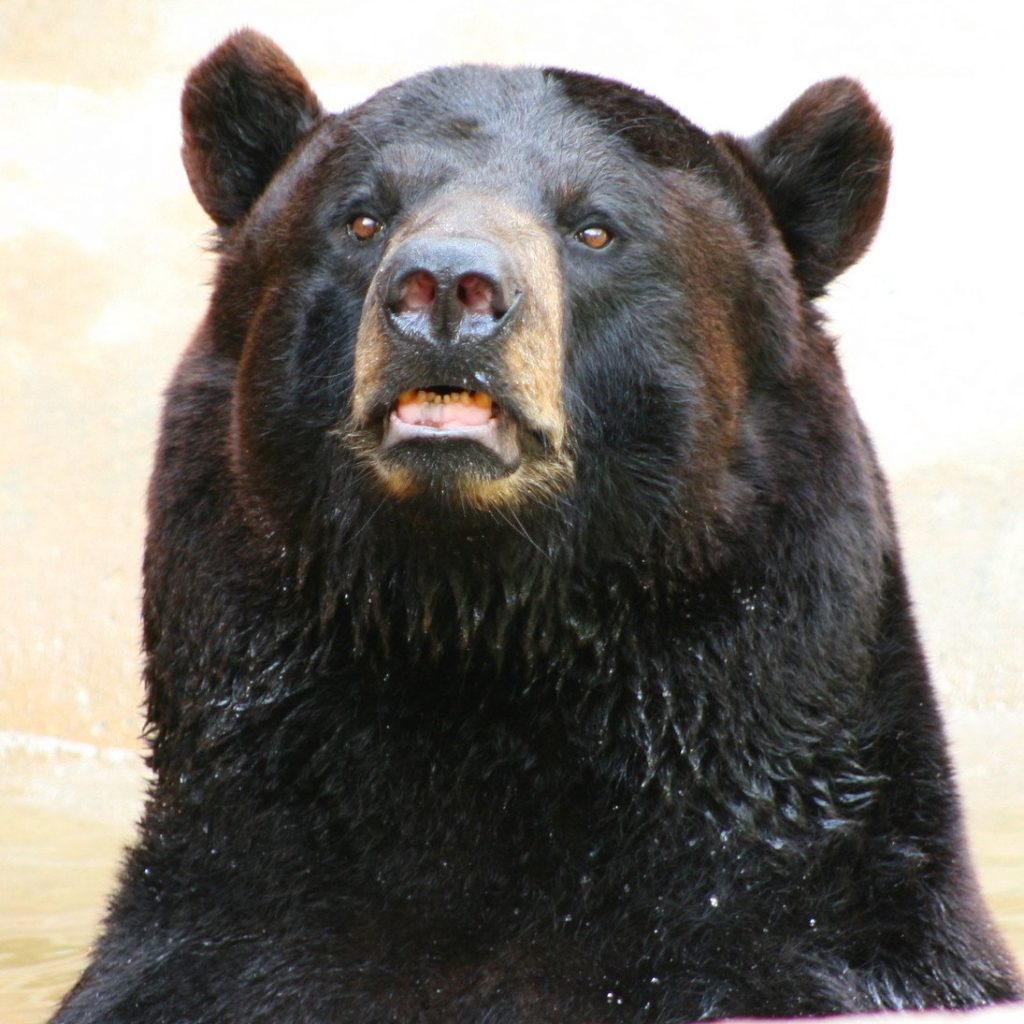 There are really 2 major kinds of black bears. You have the Asiatic black bear and the American one. Yes, they might be separated by an entire ocean, but they are still closely related. The American version of the black bear is the smallest bear in North America as well as being the most common one. Between the Atlantic Ocean and Alaska, there are about 900,000 of these bears. Asiatic black bears can be found in Russia, Korea, Japan, and China. There are fewer of them due to a practice known as bear farming as well as by deforestation.
There are really 2 major kinds of black bears. You have the Asiatic black bear and the American one. Yes, they might be separated by an entire ocean, but they are still closely related. The American version of the black bear is the smallest bear in North America as well as being the most common one. Between the Atlantic Ocean and Alaska, there are about 900,000 of these bears. Asiatic black bears can be found in Russia, Korea, Japan, and China. There are fewer of them due to a practice known as bear farming as well as by deforestation.
The American black bear has been known to attack people on occasion. That being said, they are better climbers than grizzly bears, as well as being faster and smaller, which means that they tend to leave the area as opposed to fighting. The black bears in Asia are more likely to attack humans and scientists are of the opinion that this could become more common with climate change.
If you come into contact with one of these bears – remember this:
- Be aware. Typically, you will need to take all of the same precautions that you would have to take in areas where grizzly bears can be found. If you are in an area where the bears are known to be, carry your can of bear spray. Keep your trash and food packed securely and make noises while you are walking through the area so that the bears don’t get startled.
- Black bears tend to be less aggressive than their grizzly cousins, so most of the time, if you make yourself as loud and large as possible, they will more than likely leave you be. Wave your arms, shout, and create a ruckus. You might even use sticks or something else to make yourself appear to be even larger. Also, just as with a grizzly, never try to run. This bear will often bluff charges, which means that your best bet is to stand your ground and be ready to fire that bear spray.
- Never, ever climb a tree in an effort to evade a black bear. They are excellent when it comes to climbing, and they will chase anything they perceive to be trying to escape, so the chances are good that it could actually trap you if you attempt to climb a tree.
- Bear spray can always be helpful, but it isn’t as critical with black bears as it is with grizzlies. However, the same generalities apply. Try to use it when the bear is about 45 feet from you.
- Now, we veer away from the grizzly bear tactics. Unless you are absolutely physically unable to, it can be a better idea to attempt to defend yourself against this type of bear than to play dead. Continue making loud noises and trying to appear larger than life throughout your encounter, but if the bear gets in close range, you can use any object close to you to try and fend him off. If there is nothing useful nearby, kick or punch the bear’s nose. Try to do whatever it takes to scare the bear away and focus on those sensitive areas that will be more likely to get a reaction immediately. Attempt to create a bit of space between the bear and you, but NEVER RUN AWAY.
Polar Bears
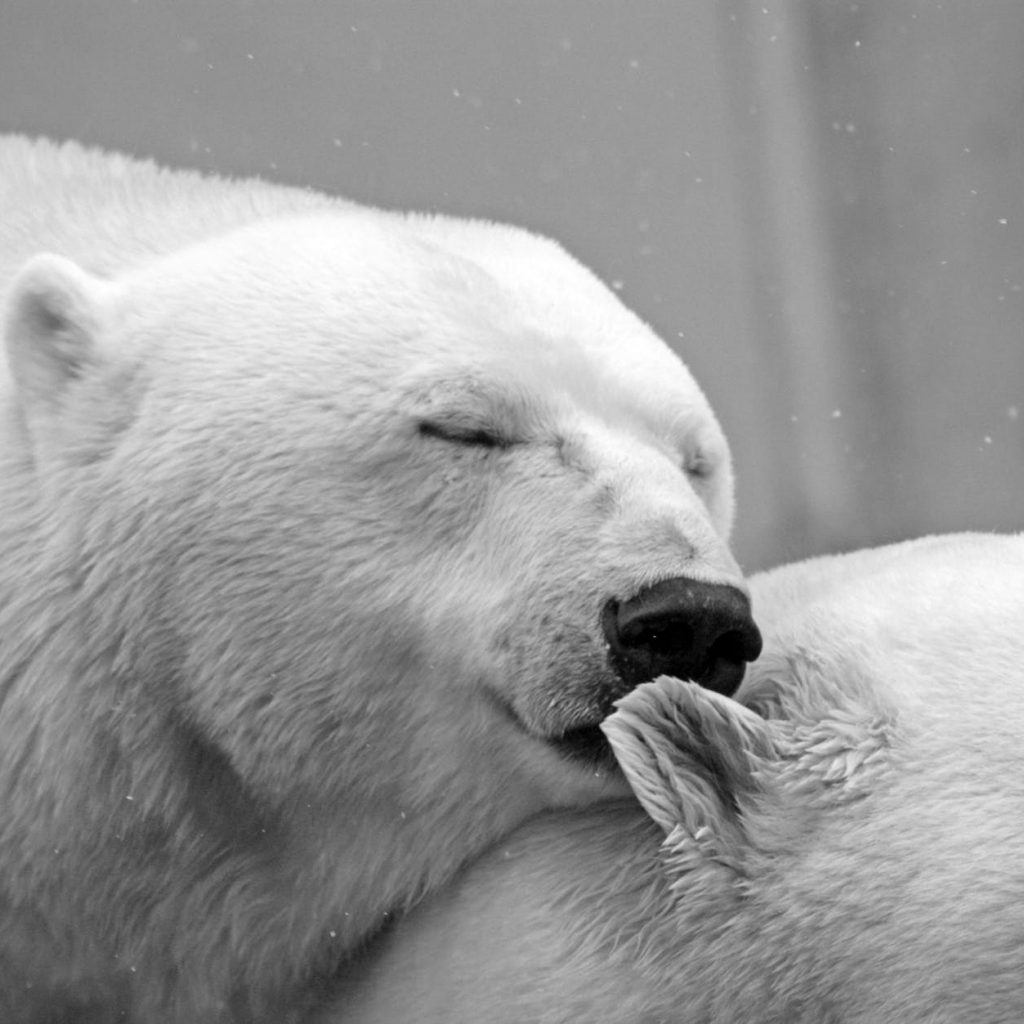 This is the largest bear on the planet as well as being the largest of the land carnivores. They tend to be more carnivorous than the other types of bears and feed mainly on fish and seals. This diet makes them pile on a lot of fat, and it packs their strong frames in order for them to be able to survive Arctic winters. A human is no real match for any bear when it comes to one on one fighting, but in regard to this type of bear, the contest is one that is incredibly lopsided. Polar bears are also not as accustomed to seeing humans, which makes them more likely to see us as prey. However, they do live relatively isolated up in the Arctic, and tend to be so reclusive that human attacks are quite rare.
This is the largest bear on the planet as well as being the largest of the land carnivores. They tend to be more carnivorous than the other types of bears and feed mainly on fish and seals. This diet makes them pile on a lot of fat, and it packs their strong frames in order for them to be able to survive Arctic winters. A human is no real match for any bear when it comes to one on one fighting, but in regard to this type of bear, the contest is one that is incredibly lopsided. Polar bears are also not as accustomed to seeing humans, which makes them more likely to see us as prey. However, they do live relatively isolated up in the Arctic, and tend to be so reclusive that human attacks are quite rare.
If you ever run into this type of animal, keep the following in mind:
- Do not act like prey would. If you try to run away, they will view you as prey. Additionally, they are faster than humans as well as being much more acclimated to running on the ice and snow.
- Be threatening. Yes, the beast might see right through this ploy, especially when it is hungry, but it is worth a try. If the bear hasn’t noticed you, don’t attract its attention, but if it begins to approach you, speak loudly, stand up tall, and act as if it should be afraid of you.
- Use your bear spray. This is your best bet. The chances of you intimidating a polar bear are slim and the area where they live isn’t too conducive to hiding places.
- Don’t quit. The truth of the matter is that not fighting back and playing dead works better with the two types of bears already mentioned. Polar bears want to eat you, not to get rid of a threat, so if you play dead, you might just be offering yourself up as their next meal. Fighting back can be a fruitless endeavor too, but you don’t really have much to lose in a situation such as this. As with the other bears, go for the eyes or nose and stay away from the paws as much as you can. It only takes a single strike from one of those paws to kill a human.
Bear Spray Tips
If you are in bear country, you should always have a can of bear spray on you. You can get a holster for it or carry it right in your front pocket to make it easier to get to since you will more than likely only have a scant few seconds to use it in the event of an attack. Bear spray can be more effective than a gun when it comes to stopping a bear because a couple of bullets might not be enough to fend off an adult bear before it can do some serious damage.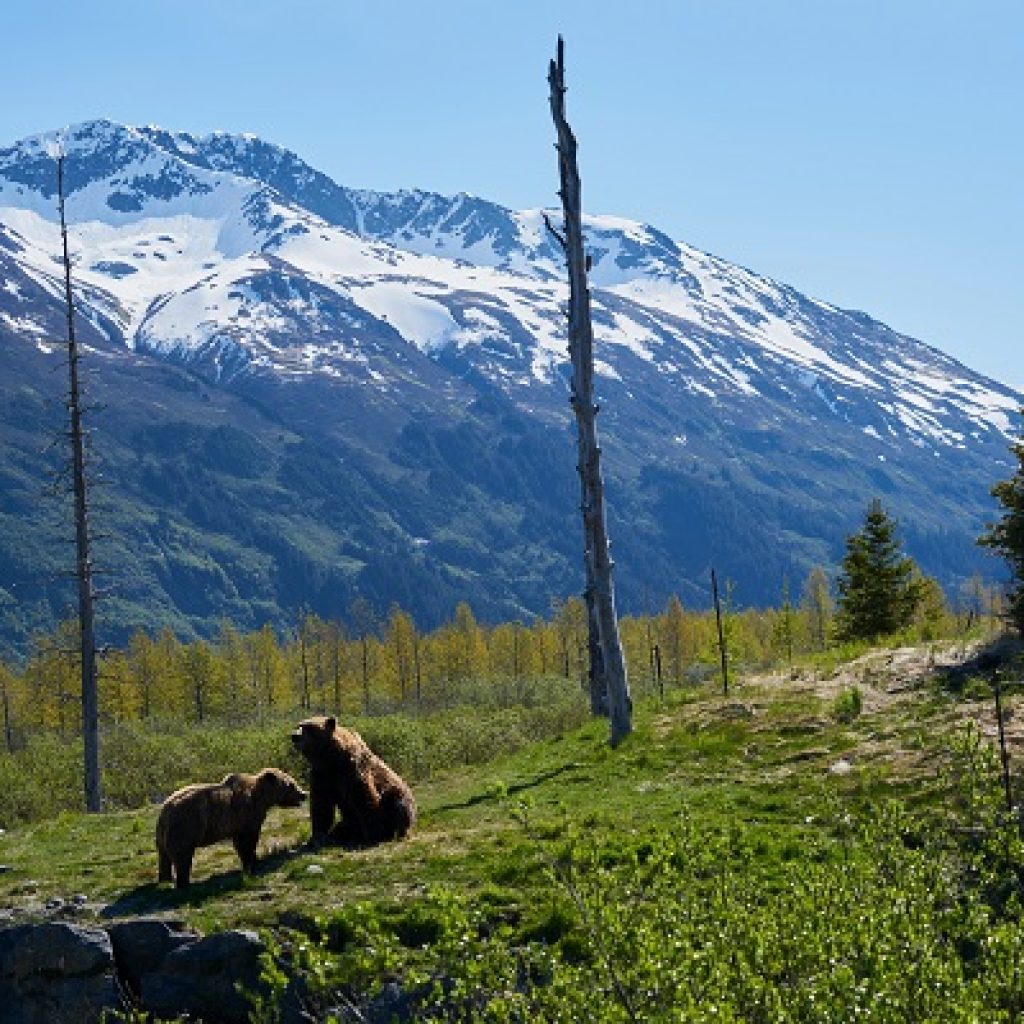
Never run from a bear. If you come into contact with a bear, stand up straight and tall, try to remain calm, and grab your bear spray. If the bear goes up on 2 legs, don’t freak out, this typically is a sign of curiosity. Back slowly away and be ready to use your spray. If the beast follows you, you should stop and stay still.
If you are going to use your bear spray, aim it and spray it. When a bear charges, the best distance for you to spray him at is about 45 feet. The whole idea of bear spray is to make a wall of the spray between the bear and you.
If the bear continues to charge after you have sprayed him, fall down flat and lace your fingers on the back of your neck in order to protect it. Keep your stomach safe by laying face down on the ground or by rolling into the fetal position and tucking your knees up underneath your chin. Stay still.
Sources
- WikiHow, How to Survive a Bear Attack
- YouTube, How to Survive a Bear Attack
- ABCNews.com, How to Survive a Bear Attack
- Business Insider, A Retired Navy Seal Explains How to Survive a Bear Attack










